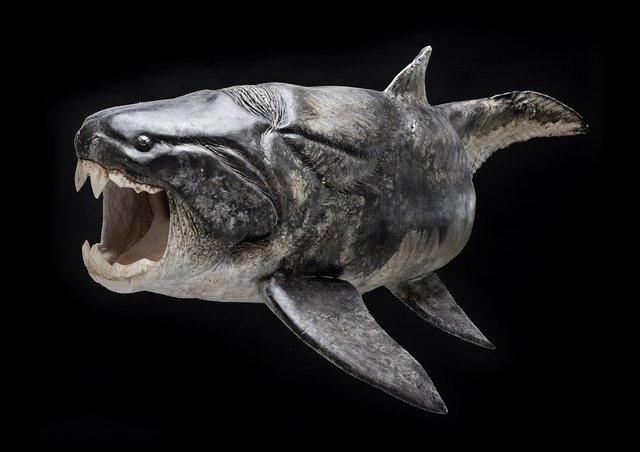D&D 4e is divided into three tiers. Heroic tier spans levels one to ten; paragon is levels eleven to twenty; and epic encompasses twenty-one to thirty. The tiers represent three distinct stages (or power levels) of an adventuring party's career. In heroic, the players are small-time heroes or mercenaries, exploring dungeons and dealing with localized threats. In paragon they become well-known and deal with threats on the scale of countries or the world, at a power level far above the majority of people in the world. And in epic the scale becomes that of gods and legends, the characters carving out a place for themselves in the myths of all creation.
But you can also approach the tiers from a characterization perspective. This is what I've been aiming for in my current game. Instead of thinking about heroic tier in terms of scale, I'm thinking about it in terms of character growth. Early on this meant giving the characters plenty to react to and interact with, but as things go on, it (hopefully) means resolving major personal story arcs before the end of the heroic tier.



